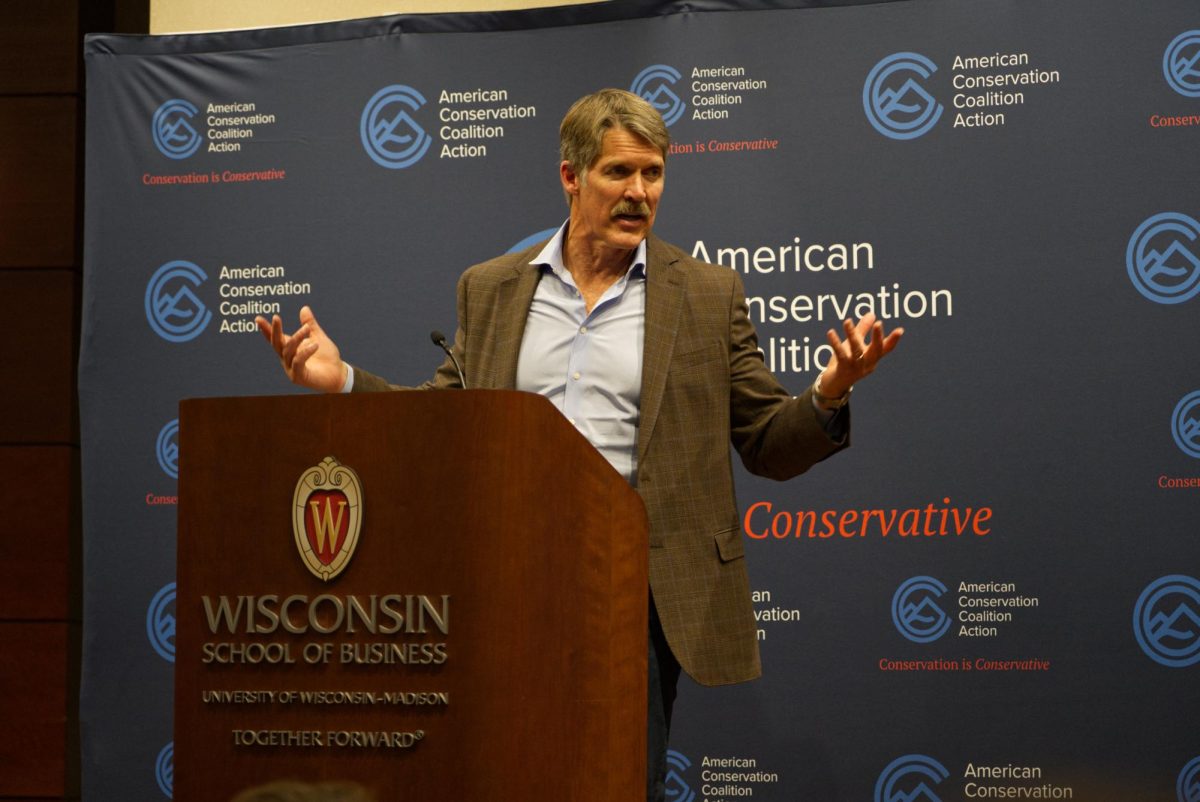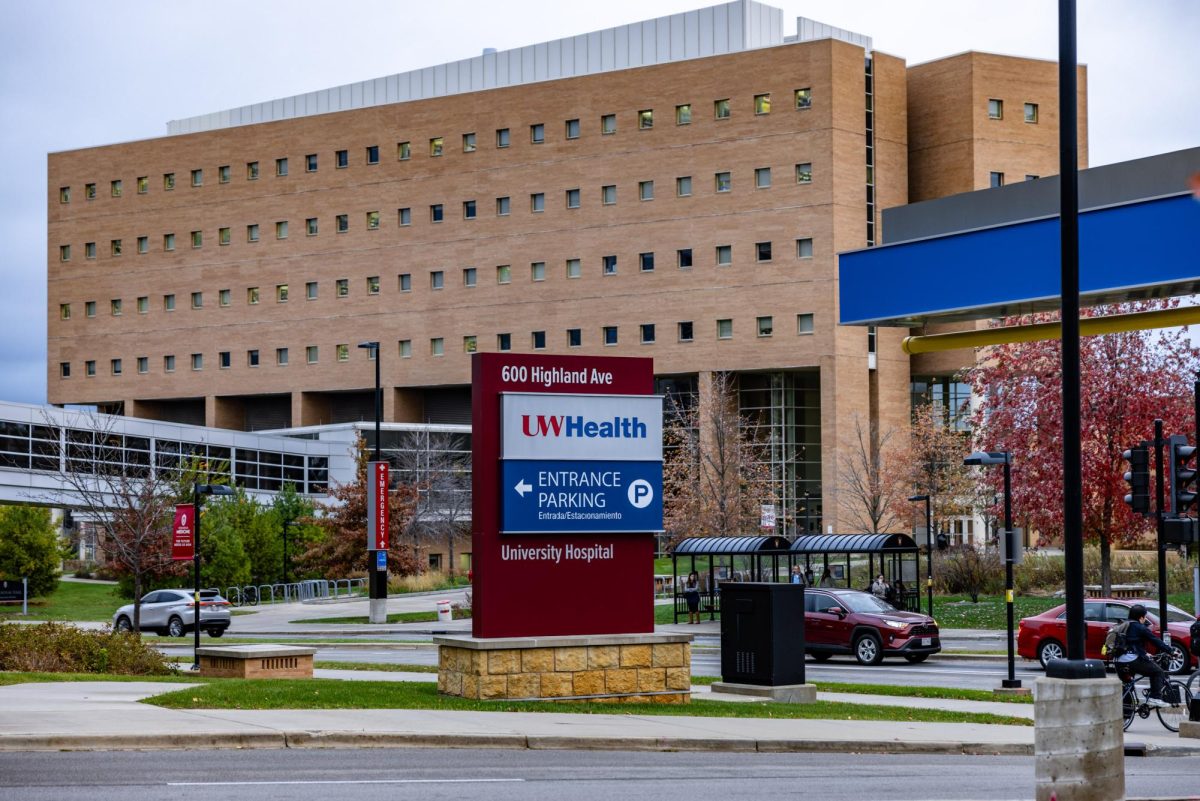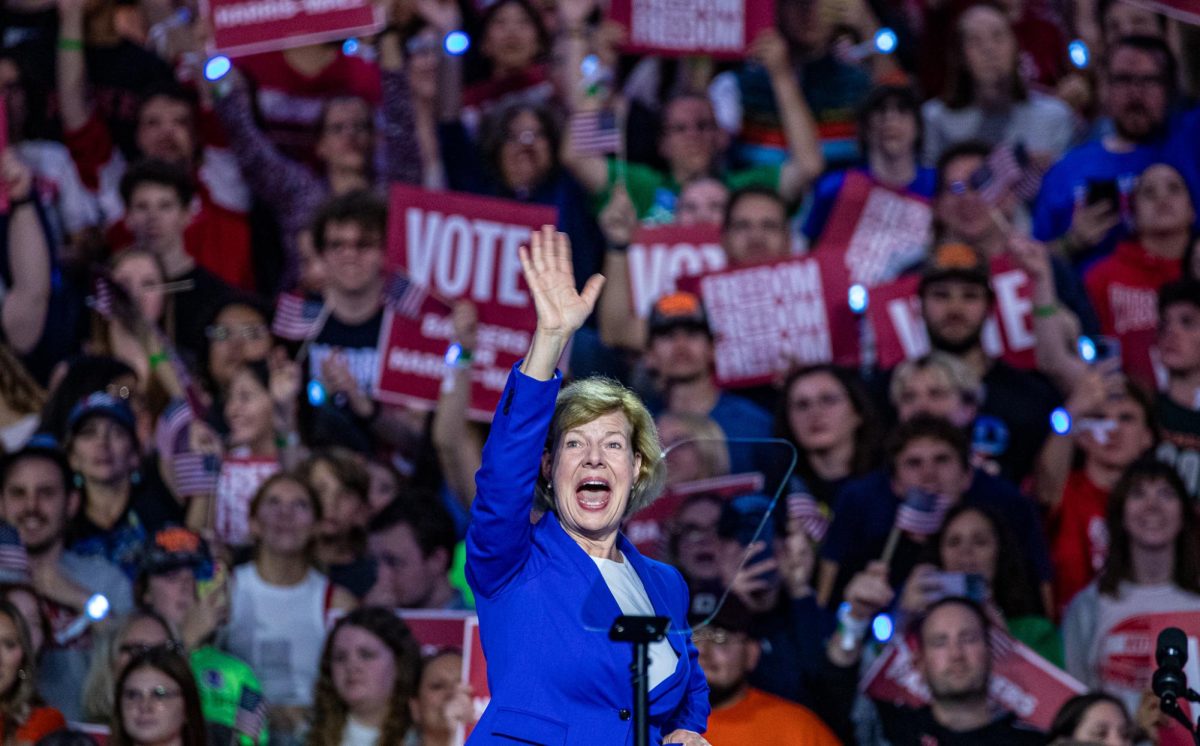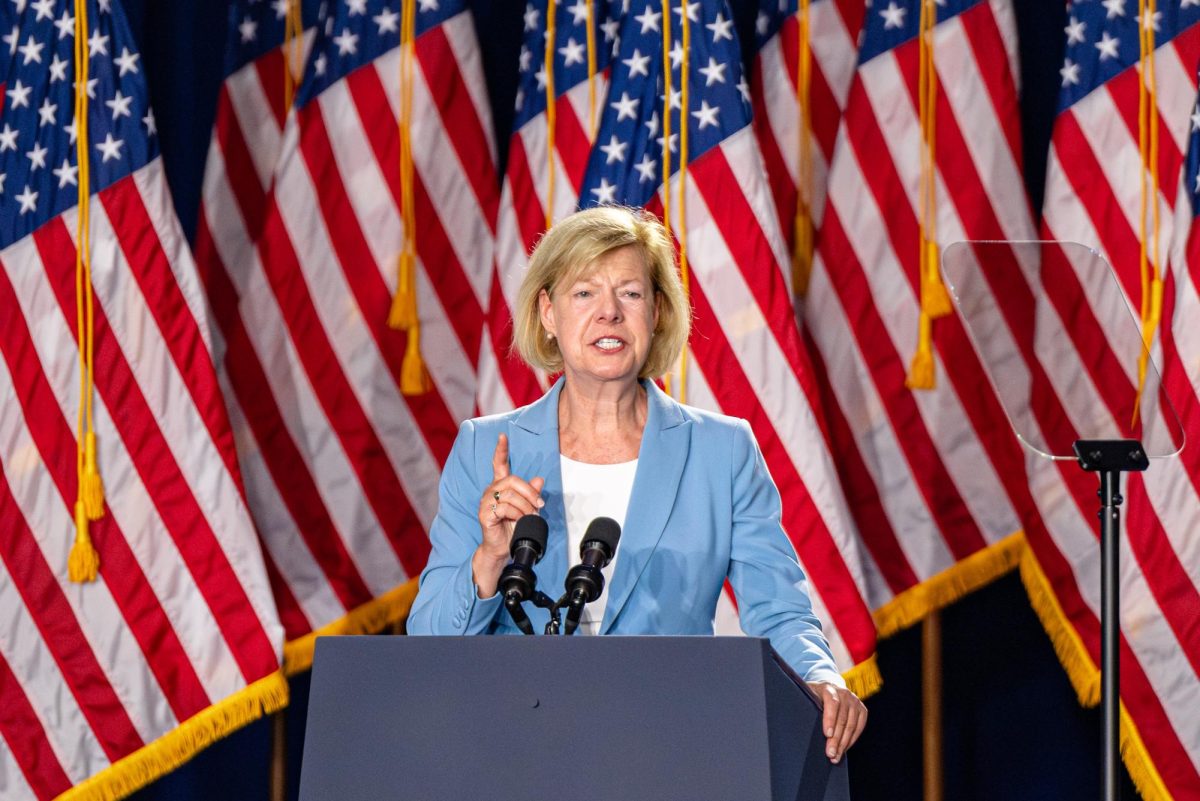Unemployment rates fell in nearly every county in Wisconsin in September, according to numbers released by the state Department of Workforce Development.
Madison has the lowest unemployment rate in Wisconsin at 5.1 percent, according to numbers released Wednesday by the DWD.
In addition, all 12 metropolitan areas in Wisconsin saw lower unemployment rates than the month before, according to the report. Racine and Wausau experienced the biggest one-month drop in unemployment.
John Dipko, DWD spokesperson, said he believes the state’s economy is continuing to show signs of recovery.
At the same time, while Wisconsin remains below the national unemployment level, there is still more work to do to help job seekers find employment, Dipko said.
“We will continue to keep doing everything we can to help job seekers across the state,” Dipko said. “We are in a tortoise recovery; we are seeing recovery – it’s slow but steady.”
Dipko also said the American Recovery and Reinvestment Act contributed to the decrease in unemployment, creating approximately 63,000 jobs in Wisconsin alone.
The national unemployment rate as of September 2010 is 9.6 percent, while Wisconsin’s unemployment rate fell from 7.9 to 7.8 percent, according to the U.S. Bureau of Labor Statistics.
With elections fast approaching, it is unclear whether or not recent improvements in unemployment rates will have an impact on the election.
“I think this election is primarily about the economy and jobs in particular,” said Jay Heck, Executive Director of Common Cause in Wisconsin.
Some people may vote one way because the situation is improving, while others may view the improvements as too little too late, Heck said.
“It is not acceptable to have an employment rate near seven percent,” Heck said. “But we are doing better than other states.”
Unemployment caused by outsourcing of manufacturing jobs overseas contributes to unemployment in Wisconsin and the entire U.S., Heck said.
The news may have come too close to the elections for candidates to use to their advantage, however.
Multiple variables and factors come into play during election time and a positive unemployment rate report alone is not enough to sway results one way or another, Heck said.
“It’s hard to say with only five days before elections whether the candidates can use these improvements as a message that may get heard,” said Mike Buelow, Research Director of the Wisconsin Democracy Campaign.
Heck said he believes the Democratic party may use these statistics to claim the improvements in unemployment are a sign things are getting better, while the Republican party may view the DWD statistics as a partisan spin before the elections.
In these last few days before elections there are things that will break undecided voters one way or the other, Heck said, but it is not bad news for Democrats.
According to the Bureau of Labor Statistics, regional and state employment and unemployment numbers are promising and point to a continued decrease in unemployment levels.
Nine states and the District of Columbia reported statistically significant unemployment rates this year that decreased in September, according to the report.













